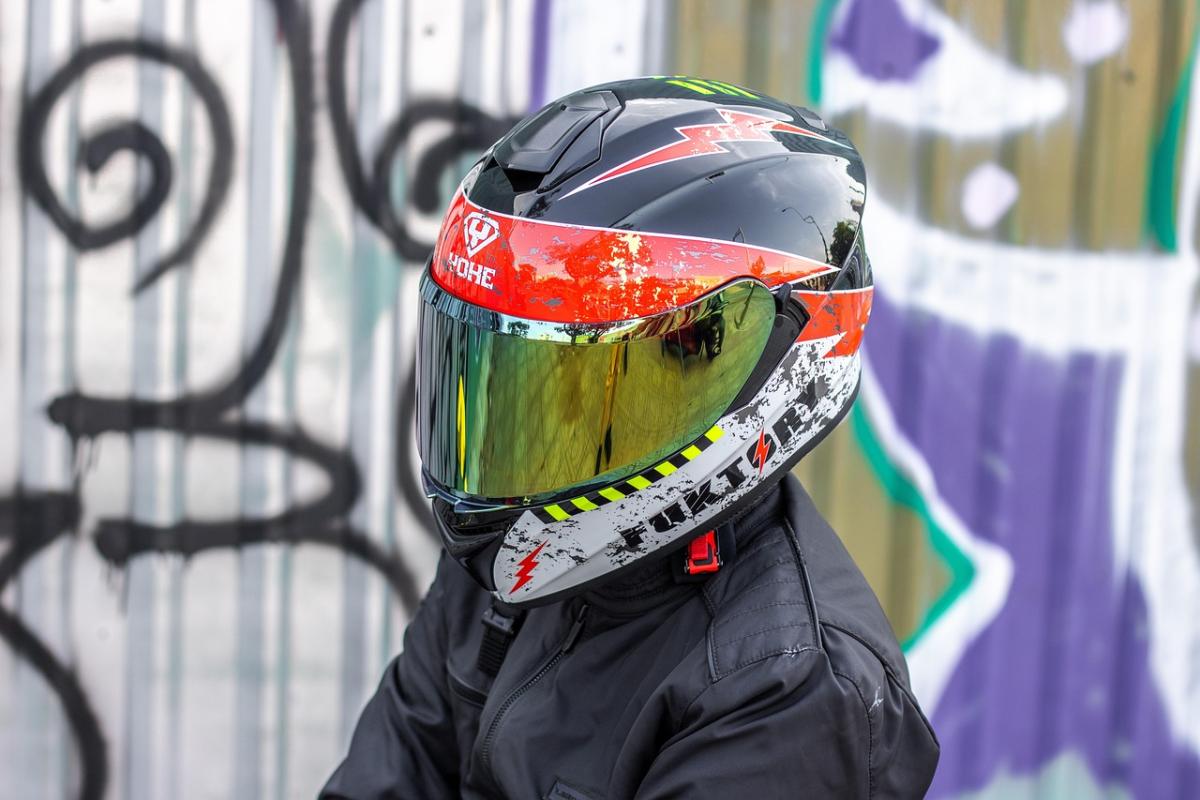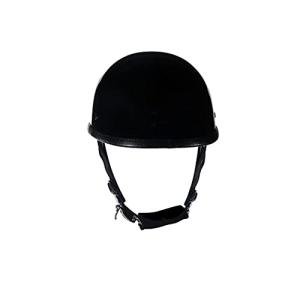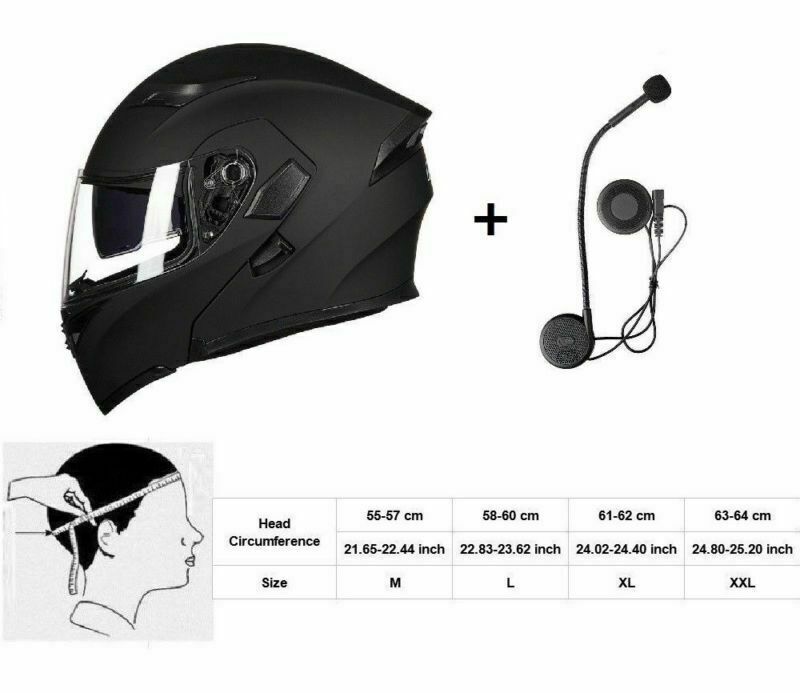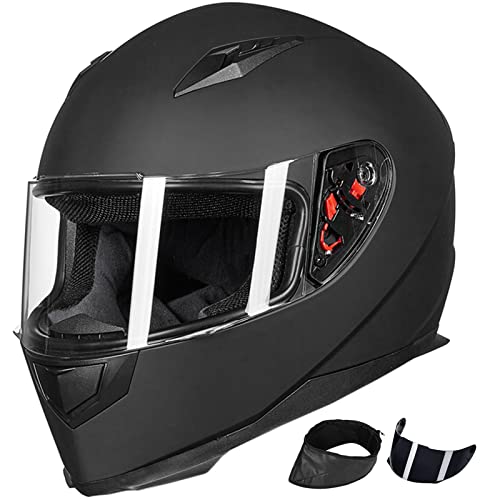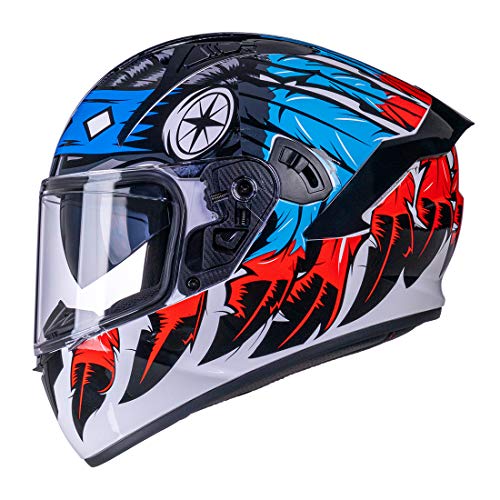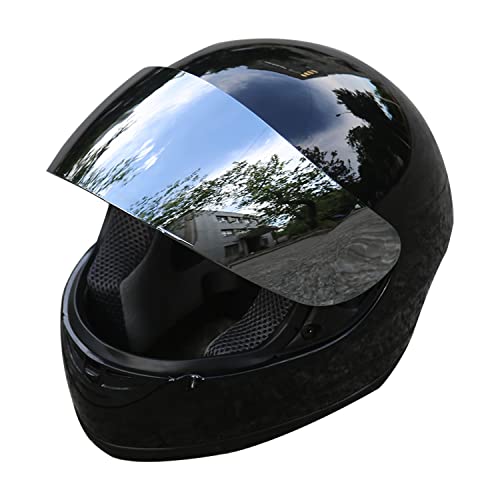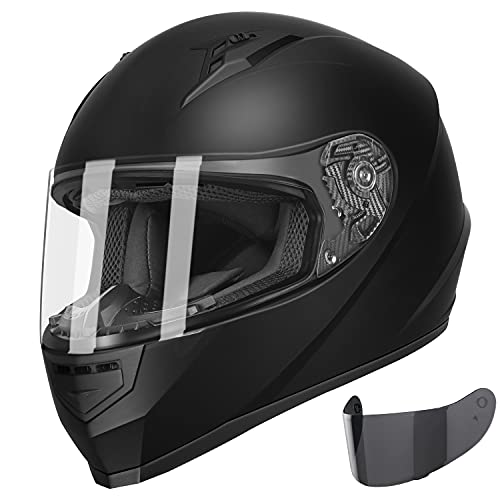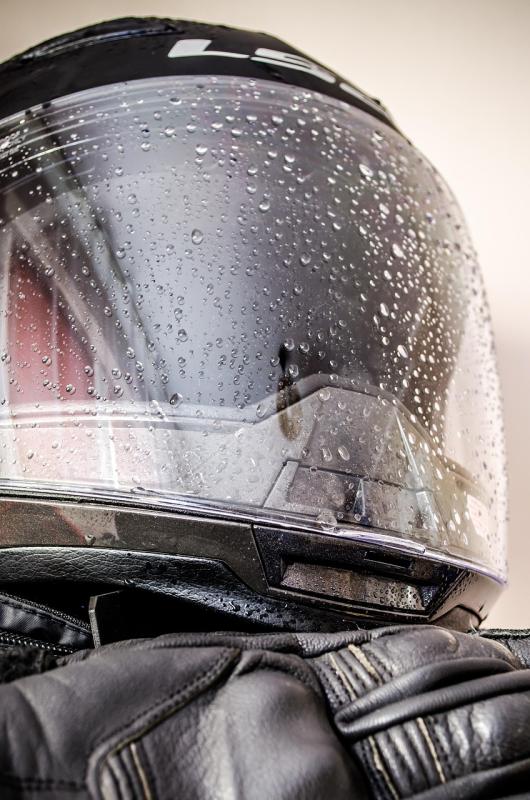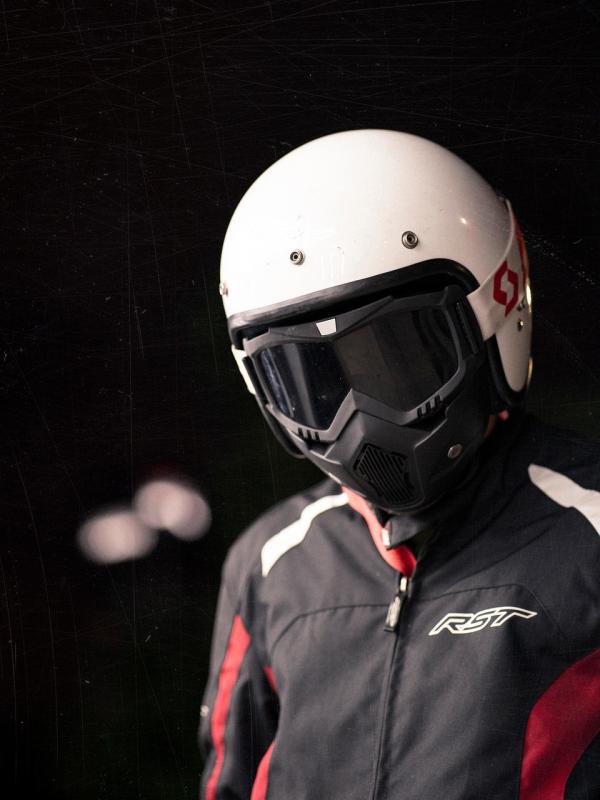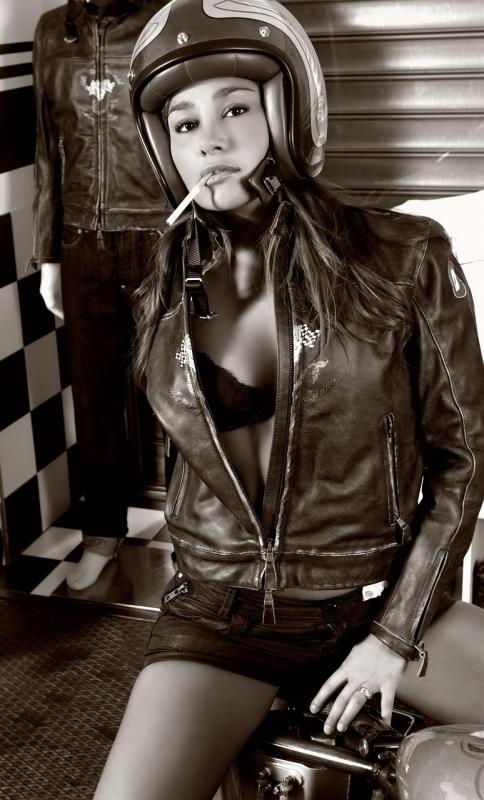When it comes to finding the perfect helmet, style plays a big role. There are several helmet types out there, and choosing the right one can make a big difference in comfort and protection. Let’s break down some popular styles you might want to consider in your Motorcycle Helmet Buying Guide.
The full-face helmet is often a top pick for riders who prioritize safety. It covers your entire head, including the face, providing maximum protection. If you’re hitting the highway or just want that full coverage, this is your go-to option. Plus, many models come with ventilation systems to keep you cool.
If you like that open feel, an open-face helmet might be more your speed. It offers great visibility and airflow, but keep in mind, it leaves your face exposed. This can be a fun choice for cruising around town, especially on warm days. Just remember to pack some sunglasses or goggles for added protection from bugs and wind!
Another style to check out is the modular helmet. It's a hybrid that lets you enjoy the benefits of both a full-face and an open-face helmet. You can lift the front section, making it easier to chat or get a sip of water without taking the helmet off. This versatility is great for riders who want options on the go.
No matter which helmet style you lean toward, always look for one that fits well and meets safety standards. This Motorcycle Helmet Buying Guide is here to help you navigate those choices and find the helmet that suits your riding style best!
Essential Safety Features to Look For
When you're diving into the world of helmets, safety is your top priority. It’s not just about looking cool; it’s about protecting your noggin. Here are some essential safety features to keep an eye on when you're following this Motorcycle Helmet Buying Guide.
First up, always check for the DOT or ECE certification. These labels mean the helmet has passed safety tests and meets standards set by regulatory authorities. You want a helmet that has proven its worth, right? The last thing you want is a helmet that looks great but offers no real protection.
Next, consider the shell material. Helmets usually come in polycarbonate, fiberglass, or carbon fiber. Polycarbonate is budget-friendly and okay for most riders. However, if you want something that’s lighter and tougher, go for fiberglass or carbon fiber. They might cost a bit more, but they do a better job at absorbing impact.
The fit is super important too. A helmet can only truly protect you if it fits snugly. Look for an adjustable inner lining or cheek pads that can help customize the fit. That way, you can stay comfortable on long rides without risking safety.
Lastly, check for additional safety features like a quick-release chin strap and a face shield that can withstand impacts. Some helmets also come with reflective materials to help you stay visible at night. When following this Motorcycle Helmet Buying Guide, don't ignore these details—they can make all the difference on a ride!
Gloss Black Eagle Skull Cap Helmet
Stay safe and stylish with this sleek black helmet featuring a bold eagle skull design
Product information
$33.99
Product Review Score
4.1 out of 5 stars
33 reviewsProduct links
Sizing Tips for a Comfortable Fit
Finding the right size for your helmet is super important. A helmet that fits well keeps you safe and comfy on the road. Start by measuring the widest part of your head, usually just above your ears and eyebrows. Grab a soft measuring tape or a piece of string you can measure later. Make sure it’s snug but not too tight. Jot down the measurement in inches or centimeters since different brands have different sizing charts.
Once you have your measurement, check the sizing chart for the specific brand you’re interested in. Don’t get too hung up on sizes like "medium" or "large" since each manufacturer may have slight differences. Some helmets have adjustable padding or different shell shapes that might fit your head shape better, so it’s worth looking into the brand’s specifics.
When trying on helmets, do a little dance! Move your head around in all directions. If it shifts too much or pinches your cheeks, it’s not the right one for you. There should be no pressure points that hurt. It should feel snug, like a warm embrace, not a vice grip. If you start to feel discomfort after a few minutes, keep looking.
Don’t forget about the weight of the helmet, too. Some models are lighter than others and can affect how comfortable it feels over longer rides. A good helmet should feel like it just belongs there, not something you’re constantly adjusting or aware of on your head. For all these tips, consider this your Motorcycle Helmet Buying Guide. It’ll help ensure you hit the road feeling great and protected!
Bluetooth Modular Flip Up Motorcycle Helmets - DOT Certified
Stay connected and ride safe with our DOT certified Bluetooth modular flip up motorcycle helmets
Product information
$109.99 $89.99
Product Review Score
4.69 out of 5 stars
219 reviewsProduct links
Maintaining Your Helmet for Longevity
Keeping your helmet in top shape is key to having it last a long time. Regular maintenance can make a big difference in how safe and comfortable it feels on your rides. First off, always clean your helmet after each ride. Use a gentle soap and water solution to wipe down the outer shell. Avoid harsh chemicals, as they can damage the materials.
Don’t forget about the interior! The padding can collect sweat and dirt, so give it a good check. If it’s removable, toss it in the wash according to the manufacturer’s instructions. If it’s not removable, a damp cloth should do the trick. Make sure everything is completely dry before putting it back together.
Inspect your visor frequently. Scratches can impair your vision and safety. If you notice any, replace it right away. Also, keep an eye out for any wear and tear on the straps. A damaged strap can lead to a dangerous situation, so replace anything that looks worn out. These simple steps will help keep your helmet performing great for years to come.
This Motorcycle Helmet Buying Guide isn't just about finding the right helmet; it's also about taking care of it. Proper maintenance not only extends its life but also ensures you're always riding safely. Remember, your gear is an investment in your safety, so treat it right!
